In our latest episode of No Way Out, we sat down with military historian Trent Hone, author of Learning War, to explore how the U.S. Navy became one of the most adaptive organizations of the 20th century, and why its lessons are more urgent than ever in today’s VUCA world.
This isn’t nostalgia. It’s a blueprint.
Between the World Wars, the Navy didn’t just invent new technology, it created a culture and system that let experimentation thrive without asking permission. Junior officers were expected to test new tactics, improvise, fail fast, and feed their insights back into the larger body. Innovation was local, distributed, and messy, but the system learned. That system included:
Mission-driven autonomy: Leaders provided clear objectives, not step-by-step instructions.
Wide-band experimentation: Testing happened everywhere, from the Arctic to the Pacific, in every context.
Real-time feedback loops: The system absorbed failure, corrected course, and scaled insights.
Low-ego, high-fluency teams: Officers crossed domains. Aviators understood ships. Logistics leaders weren’t boxed in.
Psychological safety under pressure: Trust was earned in the wardroom and tested at sea.
By the 1930s, the Navy was flowing. Officers weren’t executing plans, they were co-creating doctrine from the deck plates up. Innovation wasn’t a buzzword, it was embedded in how the institution moved.
But during wartime expansion, something shifted. Centralization crept in. Standardization took priority. The Navy’s learning system, once dynamic, began to ossify.
Hone warns that many of today’s large organizations are stuck in the same trap, encouraging innovation in theory, while quietly choking it off through control, rigidity, and risk aversion.
What’s the alternative?
Rebuild conditions for decentralized discovery. Cultivate optionality. Normalize experimentation. Trust teams to figure it out. And don’t let hierarchy kill insight.
We also talked with Trent about tacit understanding among great leadership teams, like Nimitz and Spruance, and how shared context, constant dialogue, and deep mutual trust made their decision-making faster and more fluid than any org chart could explain.
There’s a section on wayfinding, too, how Polynesian navigators oriented through feel, not fixed coordinates. That metaphor holds. Great leadership today isn’t about plotting perfect paths. It’s about becoming attuned to dynamic signals, and responding with speed and sense.
If you’re building, leading, or trying to orient in chaos, this conversation is worth your time.
WATCH IT HERE:



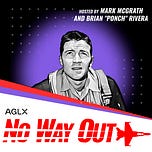


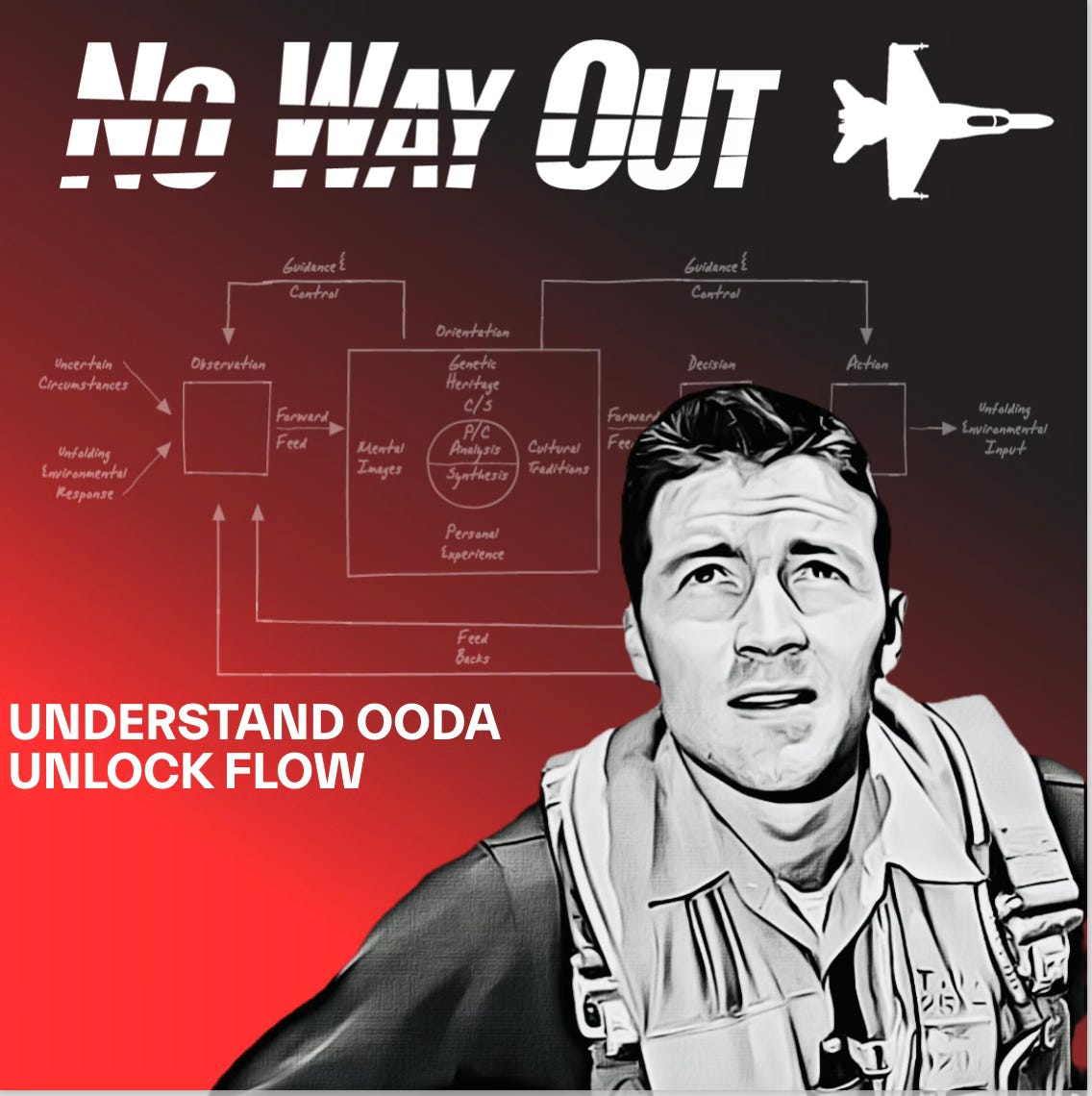




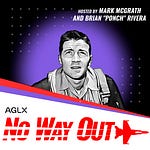

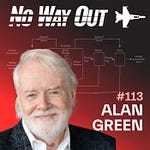

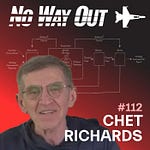
Share this post